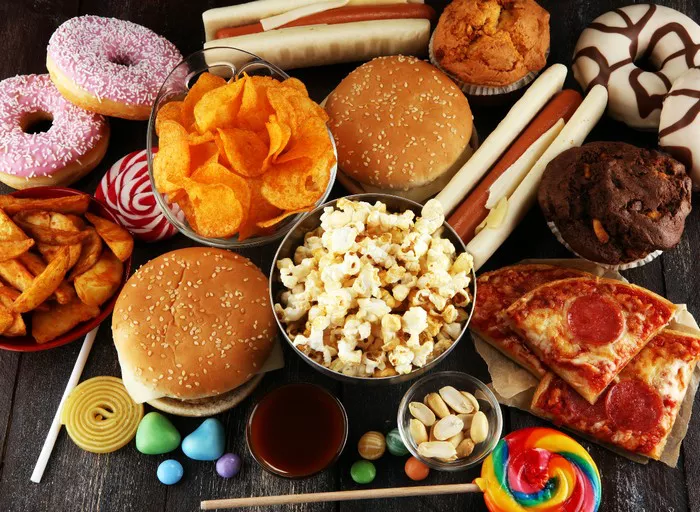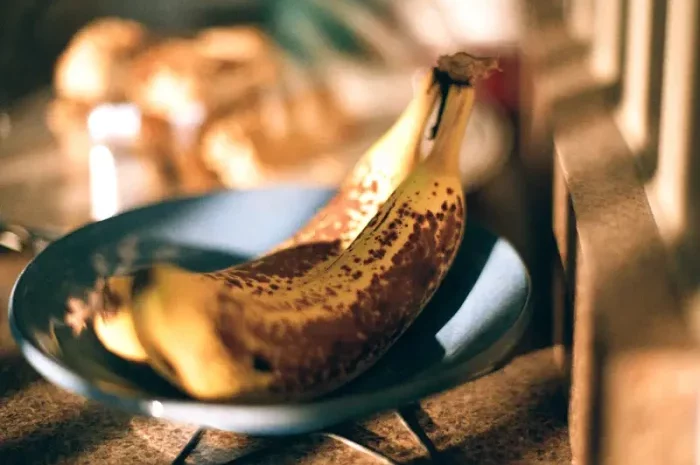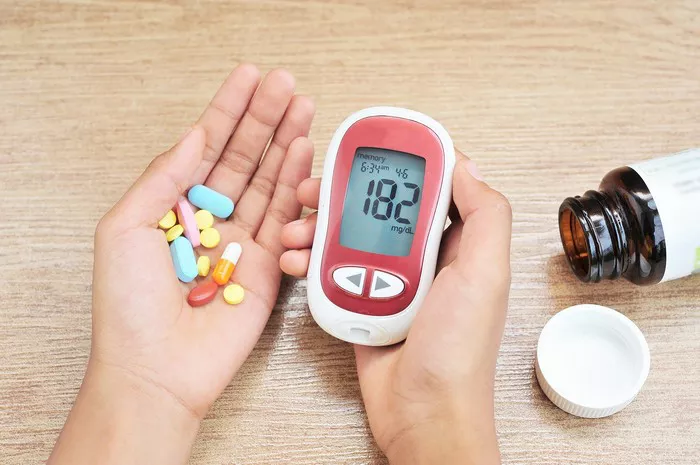Hypoglycemia, or low blood sugar, is a critical condition that requires immediate attention. For individuals with diabetes, managing blood glucose levels can be challenging, and understanding how to respond to hypoglycemia is essential for maintaining health and preventing serious complications. This article provides a comprehensive guide on what to eat when your blood sugar is low, offering practical advice, food recommendations, and dietary strategies to effectively manage and prevent hypoglycemia.
Understanding Hypoglycemia
Hypoglycemia occurs when blood glucose levels fall below 70 mg/dL (3.9 mmol/L). It can result from various factors, including excessive insulin administration, insufficient food intake, vigorous physical activity, or alcohol consumption without adequate carbohydrate intake. Symptoms of hypoglycemia include shakiness, sweating, confusion, irritability, rapid heartbeat, and in severe cases, loss of consciousness or seizures.
Immediate Response to Hypoglycemia
When blood sugar drops, immediate intervention is necessary to raise glucose levels quickly and safely. The following steps are recommended for managing acute hypoglycemia:
- Check Blood Sugar Levels: Use a blood glucose meter to confirm that your levels are below 70 mg/dL. Knowing your exact blood sugar level helps determine the severity of hypoglycemia and guide appropriate treatment.
Consume Fast-Acting Carbohydrates: Fast-acting carbohydrates are essential for rapidly increasing blood sugar levels. The general rule is to consume 15 grams of simple carbohydrates, which typically raises blood glucose by about 30-45 mg/dL. Examples include:
- Glucose tablets or gel
- 4 ounces (about 120 ml) of fruit juice
- 4 ounces (about 120 ml) of regular (non-diet) soda
- 1 tablespoon of sugar, honey, or corn syrup
Hard candies or jellybeans (read labels to ensure 15 grams of carbohydrates
- Recheck Blood Sugar: After 15 minutes, recheck your blood sugar levels. If they are still below 70 mg/dL, consume another 15 grams of fast-acting carbohydrates. Repeat this process until your blood sugar returns to a safe range.
Follow-Up with a Complex Carbohydrate: Once blood sugar levels stabilize, eat a snack or meal containing complex carbohydrates and protein to maintain glucose levels. This helps prevent another drop in blood sugar. Examples include:
- Whole-grain crackers with cheese
- A peanut butter sandwich
- Greek yogurt with berries
Detailed Dietary Strategies for Hypoglycemia
1. Fast-Acting Carbohydrates
Fast-acting carbohydrates are the cornerstone of immediate hypoglycemia treatment. These foods quickly release glucose into the bloodstream, providing rapid relief from low blood sugar symptoms. Here’s a closer look at effective options:
Glucose Tablets and Gel: Specifically designed for hypoglycemia management, glucose tablets and gels are convenient, precise, and effective. Each tablet typically contains 4 grams of glucose, making it easy to dose accurately.
Fruit Juice: Orange juice, apple juice, or grape juice are excellent choices. They are readily absorbed, and 4 ounces (about 120 ml) usually provide the necessary 15 grams of carbohydrates.
Regular Soda: Non-diet sodas like regular cola or lemon-lime soda can be used. Four ounces provide roughly 15 grams of carbohydrates. Ensure it’s not diet soda, which contains artificial sweeteners instead of sugar.
Sugar or Honey: A tablespoon of sugar, honey, or corn syrup can quickly elevate blood sugar levels. These are particularly useful if other options are not available.
Candy: Hard candies, jellybeans, or gummy candies can work, but it’s important to read labels and calculate the portion needed to reach 15 grams of carbohydrates.
2. Complex Carbohydrates and Protein
After initial treatment with fast-acting carbohydrates, it’s crucial to consume a follow-up snack or meal with complex carbohydrates and protein. This combination helps sustain blood glucose levels and prevent another hypoglycemic episode. Here are some nutritious options:
Whole-Grain Crackers and Cheese: The fiber in whole grains slows glucose absorption, while protein in cheese provides sustained energy. This combination is both satisfying and effective for stabilizing blood sugar.
Peanut Butter Sandwich: Whole-grain bread provides complex carbs, and peanut butter offers protein and healthy fats. This classic snack is portable and easy to prepare.
Greek Yogurt with Berries: Greek yogurt is high in protein, and berries add fiber and antioxidants. This snack is nutritious and supports stable blood glucose levels.
Nuts and Fruit: A handful of nuts with a piece of fruit balances carbohydrates and protein, making it an excellent choice for blood sugar maintenance.
Preventing Hypoglycemia
Effective diabetes management includes strategies to prevent hypoglycemia. Consistent meal planning, regular monitoring of blood glucose, and adjusting insulin or medication dosages are key components. Here are detailed approaches to help prevent low blood sugar:
1. Balanced Meals
Ensuring meals are balanced with carbohydrates, protein, and healthy fats can help maintain stable blood sugar levels. Here are some meal ideas:
Breakfast:
- Oatmeal topped with nuts and fresh fruit
- Whole-grain toast with avocado and a poached egg
Lunch:
- Quinoa salad with mixed vegetables and grilled chicken
- Lentil soup with a side of whole-grain bread
Dinner:
- Baked salmon with brown rice and steamed vegetables
- Stir-fried tofu with broccoli and bell peppers over barley
Snacks:
- Apple slices with almond butter
- Carrot sticks with hummus
2. Regular Monitoring
Frequent blood glucose monitoring allows for timely adjustments in diet, activity, and medication. Using a continuous glucose monitor (CGM) can provide real-time insights and help detect trends in blood sugar levels, enabling proactive management.
3. Adjusting Insulin and Medications
Work with your healthcare provider to fine-tune insulin doses or oral medications. Understanding how different activities, foods, and schedules affect your blood sugar can help in making necessary adjustments to prevent hypoglycemia.
Special Considerations
1. Exercise
Physical activity can lower blood glucose levels, sometimes leading to hypoglycemia. To manage exercise-induced hypoglycemia:
- Monitor Before and After Exercise: Check blood sugar levels before, during, and after exercise.
- Carbohydrate Intake: Consume a carbohydrate-rich snack before prolonged or intense exercise. For activities longer than an hour, consider additional carbohydrates during the activity.
- Hydration: Stay hydrated with water or sports drinks containing electrolytes and carbohydrates if needed.
2. Alcohol
Alcohol can cause delayed hypoglycemia, particularly when consumed on an empty stomach. To minimize risk:
- Never Drink on an Empty Stomach: Always eat when consuming alcohol.
- Choose Drinks Wisely: Avoid sugary mixers and opt for drinks with lower carbohydrate content.
- Monitor Blood Sugar: Check levels frequently when drinking and before going to bed.
Long-Term Dietary Strategies
Developing a sustainable dietary plan is essential for long-term diabetes management. This includes:
1. Carbohydrate Counting
Understanding the carbohydrate content of foods helps in making informed choices and managing insulin doses effectively. Tools such as food labels, carbohydrate counting apps, and nutritional guides can assist in accurate carbohydrate counting.
2. Glycemic Index (GI)
The glycemic index measures how quickly a food raises blood glucose levels. Low-GI foods (GI ≤ 55) cause slower, more gradual increases in blood sugar. Incorporating low-GI foods into your diet can help maintain stable blood sugar levels. Examples of low-GI foods include:
- Non-Starchy Vegetables: Broccoli, spinach, tomatoes
- Whole Grains: Barley, quinoa, whole oats
- Legumes: Lentils, chickpeas, black beans
3. Meal Timing
Eating at regular intervals prevents prolonged fasting periods, which can lead to hypoglycemia. Aim for three balanced meals and two to three snacks per day, adjusting frequency and timing based on individual needs and blood sugar trends.
Working with a Dietitian
Consulting with a registered dietitian who specializes in diabetes management can provide personalized guidance. A dietitian can help:
- Create a Customized Meal Plan: Tailored to your lifestyle, preferences, and blood sugar patterns.
- Educate on Carbohydrate Management: Offering insights into portion control and the impact of different foods.
- Provide Support and Accountability: Regular check-ins to adjust dietary strategies as needed.
Conclusion
Managing hypoglycemia requires a comprehensive understanding of how different foods affect blood sugar levels and implementing strategies to prevent and treat low blood sugar episodes. By incorporating fast-acting carbohydrates for immediate treatment, balancing meals with complex carbohydrates and protein, and adopting long-term dietary habits, individuals with diabetes can effectively manage hypoglycemia. Regular monitoring, collaboration with healthcare providers, and personalized dietary planning are key components in maintaining optimal blood glucose control and overall health.
Related topics:
Is Coconut Meat Good for Diabetics?



























